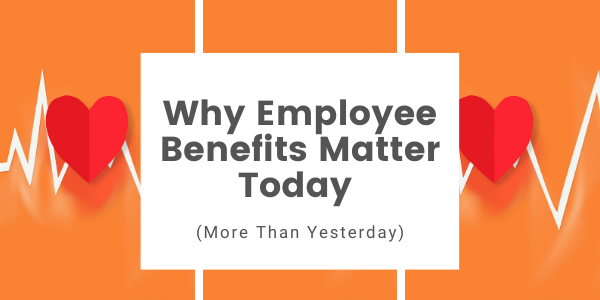After the Maui Wildfires: Where is Hawaii’s Economy Headed in 2024 and Beyond?
Get key takeaways from an insightful conversation with economist Dr. Carl Bonham. To listen to the whole discussion, watch the on-demand webinar.
The recent devastating fires in Maui have left an indelible mark on the close-knit community, sparking questions about the future of tourism and the broader economy in Maui County. How will this summer's events reverberate in the years to come for Hawaii's economy?
In this article, we provide a glimpse into the key takeaways from our recent webinar featuring economist Dr. Carl Bonham from the University of Hawaii Research Organization, along with insights from Leslie Wilkins of the Maui Economic Development Board and Tyler Iokepa Gomes from the Council for Native Hawaiian Advancement. Let's dive in.
#1. A Slowdown, But Not a Recession
The impact on the Maui economy was profound, with an immediate and substantial drop in visitor numbers following the fires. Daily passenger counts plummeted from around 45,000 passengers a week to below 10,000, resulting in a daily loss of approximately $13M to $14M in visitor spending. While total passenger counts are gradually recovering, predicting the full recovery timeline for Maui's tourism industry remains a complex task. According to Dr. Bonham, “By the end of 2024, we anticipate reaching close to 80% of pre-fire levels, with a further climb to within about 10% of our pre-fire forecast by the end of 2025-2026.” Despite the challenges, Dr. Bonham remains cautiously optimistic about Hawaii's broader economy, suggesting that while there may be some increase in unemployment and economic activity slowdown, a recession is likely to be averted.
#2. Jobs Recovery Won't Tell a Complete Story
Even though tourism recovery will be slow and gradual, Dr. Bonham expects jobs to rebound quicker than the tourism industry, primarily due to all the rebuilding efforts needed in Maui and the inflow of federal money and private contributions. “In our forecast, by the end of 2024, we're within maybe 10% of the previous job numbers,” said Dr. Bonham. However, he cautioned that this rebound in job numbers could make it look like the economy is doing better than it is. For example, a rebound in jobs will only tell a partial story. It can't capture disruptions and shifts in the employment landscape as Lahaina residents move out of their community in search of employment opportunities elsewhere and newcomers move in to support recovery and rebuilding efforts. Building on this perspective, Leslie from the Maui Economic Development Board underscores the critical link between available resources and a robust job recovery. She highlights programs like Good Jobs Hawaii, designed to offer comprehensive support to both employers and job seekers.
#3. Housing, A Linchpin for Growth & Recovery
The fires resulted in the loss of approximately 2,200 structures, predominantly homes, making up 3% of Maui's housing stock. As rebuilding efforts intensify, Dr. Bonham emphasized that addressing housing needs will become a central challenge as there will be a need for Maui to house residents, emergency workers, rebuilding workers, and visitors alike. “As we head into 2025 and 2026, we may start to have more capacity problems. Unless we build enough housing in the next two years, it will affect the overall recovery of tourism,” said Dr. Bonham. While admitting that he doesn't have the answers for how to do this in a short timeline, Tyler Gomes from the Council of Native Hawaii Advancement said, “I do think to Dr. Bonham's point, this pressure cooker of a situation is going to force our hand on a lot of the regulatory and policy issues that dictate how and what we can build. Building codes will have to be looked at aggressively, and we may have to make just a lot of concessions about wastewater systems.”
Want to listen to the full, unedited conversation between Dr. Carl Bonham and business leaders in Maui? Watch the on-demand webinar – After the Maui Wildfires: Hawaii’s Economic Outlook for 2024 and Beyond









